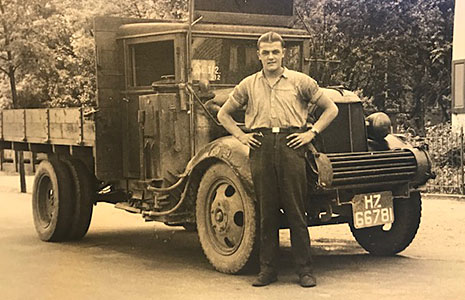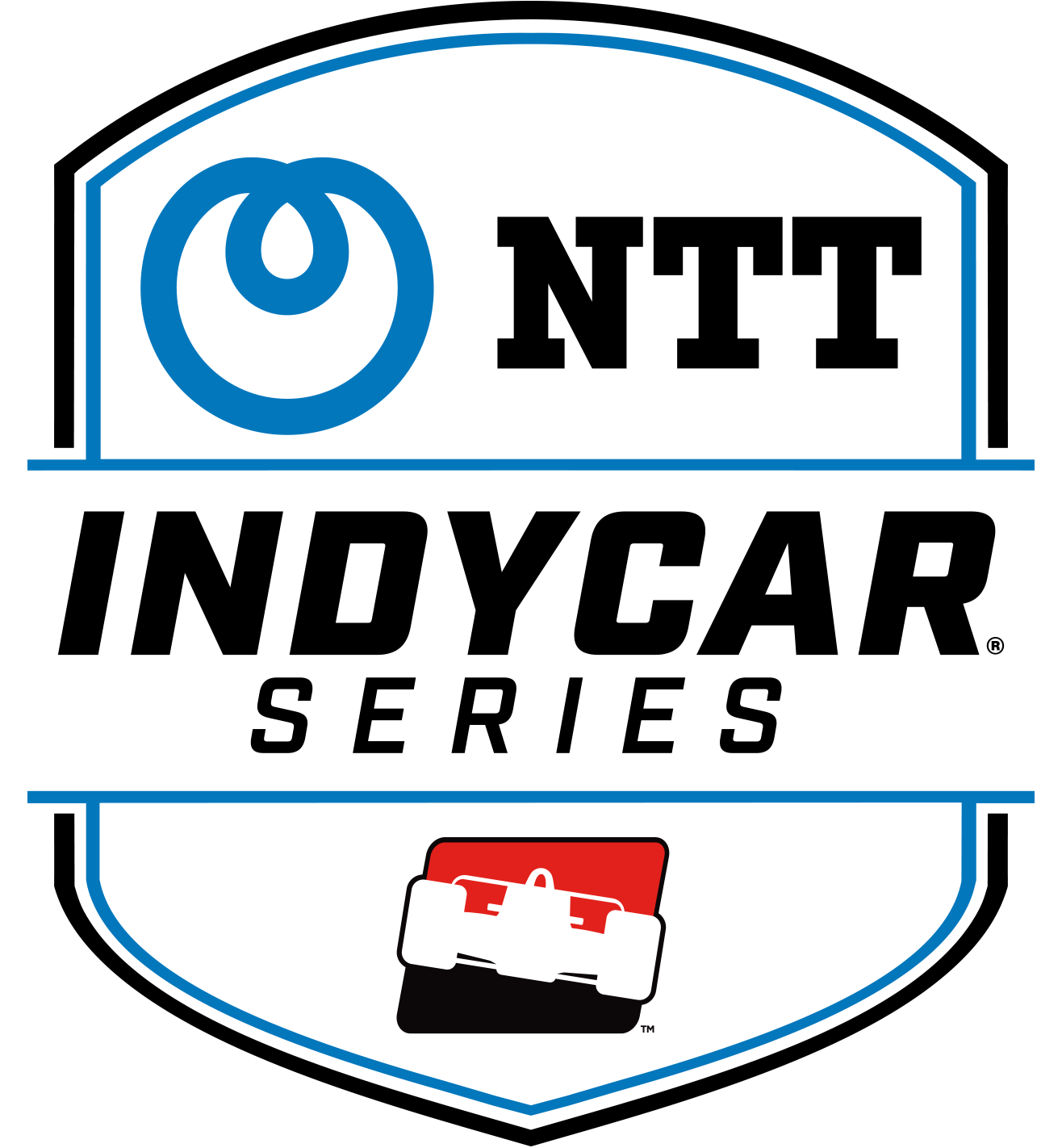A father and a truck part of Luyendyk's story
JUL 02, 2019
“The last 10 laps of the Indy 500, people ask me what I was thinking,” Luyendyk recalls of the 1990 Indianapolis 500, his first victory at Indianapolis Motor Speedway. “I was thinking of my parents, back in Holland, watching on television.“
Twenty five miles from his first IndyCar win, in the fastest installment of the sport’s most prestigious event, but a world away from the place his mind was taking him. The room where his father held court, and a younger Luyendyk would learn how it all began.
How a war and a theft and a big darn hole led to the son of a butcher becoming the father of a champion.
The story begins in the 1940s. Luyendyk isn’t sure the exact date; his father, Jaap Luyendyk, wasn’t that specific during story time. When the elder would share the tale to racing buddies or family friends, Arie never retreated to his bedroom. “That wasn’t how we did it in The Netherlands. When the old people talked, you stayed and listened."
It was a week after Jaap Luyendyk’s 19th birthday, 50 years before Arie Luyendyk’s breakthrough victory. On May 10, 1940, the Germans rolled into Holland.
It’s unknown exactly how long it took Hitler’s troops to reach the South Holland island of Goeree-Overflakkee, but by the time they arrived, Jaap made up his mind. He wasn’t leaving.
The same couldn’t be said for most Dutch men. Some formed the resistance coalition that, with futile help from a Dutch military depleted from the first World War, gave in by month’s end. Some were part of the nearly 2,300 civilians killed shortly after the Nazis arrived.
Many, like Japp’s older brother Theo, were rounded up. “They put them on a train to rural areas or Dresden and out there to work," Luyendyk said. "They did manufacturing for what the Germans were trying to do. My dad never really talked about where he went. He basically went into hiding. He didn’t talk much about the war.”
Jaap did talk lot about racing. The man who tinkered with cars, and scrap metal, and mechanics. He had a degree from a Dutch technical school and a constant hankering to build an engine. He met his wife, Jeanne, and had two daughters before Arie came along in 1953. Arie was born right there in the mobile home by their scrapyard, in the same village on the same island where Jaap once hid from the men looking to put him to work.
By the time Arie was 2, Jaap finally decided to leave, and he took his family to South Africa.
"Some guys from The Netherlands had gone and told him it was a place to start a new life," Luyendyk said. "My father was impulsive. I got that from my old man.”
Finding comfort in his new land, Japp began working in a service station in Cape Town, while cutting his teeth in club racing. He raced a Lotus 7 and an A Fiat Albarth Zagato. He was the Dutchmen who took lip from no one, but he offered a wrench to any racer who asked. Jaap never shied to help a racer out of a hole.
**
It was in a hole he first buried his expertise. Arie first heard the story in the living room, but has never figured out just how his father did it. It could have been with a group of friends. It may have been with Theo. He doesn’t know how Jaap did it, but Arie knows this: Before his hands helped build racing careers, Jaap tore down a truck that built back an island.
The Nazis brought transportation to the island devoid of it, and one day Jaap stole a truck.
 A German military truck isn’t as easy to hide as a 19-year old on the run, so Jaap did what he knew best: He stripped the engine, disassembled the truck and buried it. That truck showed the mechanical version of Jaap Luyendyk, hidden from the Germans on the island of Goeree-Overflakkee, Holland.
A German military truck isn’t as easy to hide as a 19-year old on the run, so Jaap did what he knew best: He stripped the engine, disassembled the truck and buried it. That truck showed the mechanical version of Jaap Luyendyk, hidden from the Germans on the island of Goeree-Overflakkee, Holland.
By May 1945, the Germans surrendered, the rebuild of their destruction underway.
During the retreat, the Nazis took their vehicles with them. All but the one they didn’t know they’d left behind. Jaap dug it up. He reassembled it. He used it to haul goods and tools and workforce.
“There was lots of work to do,” Arie said of his father’s exploits. “He would drive all over. It was one of the few vehicles, if not the only one, on the island. He used it for anything that needed to be done. He never charged anyone.”
***
Eventually, Jaap turned that mindset to the racing world. He won races in South Africa. By 1965, he returned to the Netherlands and won a Super Vee Western European Zone championship. Racers knew him as Uncle Jaap, the man willing to offer expertise for anyone in need of a mechanic.
“He was a character,” Arie recalls. “He was so fanatical about racing. We struggled when I was little, but he kept working. I first sat in a race car at 18, and the first time I saw an Indy car, it was Al Senior’s in 1978. I saw it in the Lola factory and thought ‘I could never get in one of those.'"
It turns out, Arie inherited more than just impulse from his father. When it came to Arie’s racing career, Jaap’s pension for perseverance shone through in his son.
“I looked up to lots of drivers and never looked down to any," the two-time Indy 500 says.
Arie Luyendyk, who currently serves as a race steward for the NTT IndyCar Series, holds the record for the fastest lap turned in Indianapolis Motor Speedway history. He has the fastest four-lap qualifying average in the 103 years of the Indianapolis 500, a mark that has stood for 22 years. His 1990 victory came with the fastest average speed in history, a record that stood for nearly a quarter century.
A brilliant career. A career whose signature moment was watched by the son of a butcher in the living room where he used to tell the story.
About how the eventual father of a 500 champion once stole a truck from the Nazis, helped rebuild an island and eventually inspired an iconic career.
(Veteran broadcaster Jake Query is a member of the Advance Auto Parts INDYCAR Radio Network team and offers his musings regularly on IndyCar.com.)






















